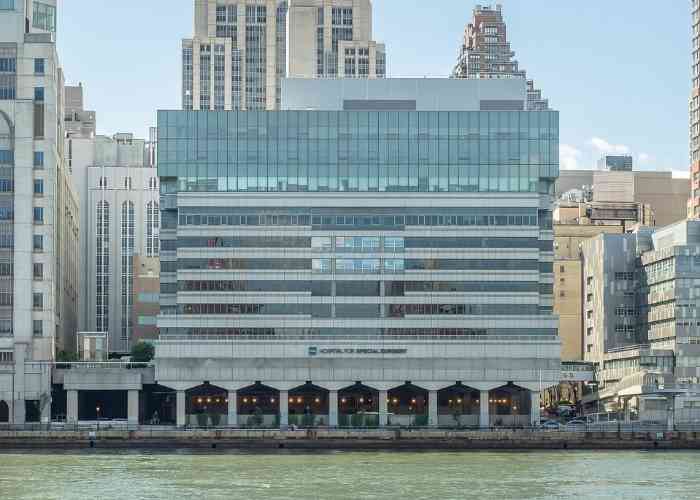What is an acromioclavicular joint injury?
There are three joints that make up the shoulder: the acromioclavicular joint, the glenohumeral joint, and the sternoclavicular joint. The acromioclavicular joint connects the highest portion of the shoulder (acromion) with the collarbone (clavicle) and is the most frequently injured joint of the shoulder. An AC joint injury occurs when the acromion is pulled away from the clavicle resulting in the ligaments either simply stretching, or a complete severing of the ligaments from blunt force trauma to the shoulder. Athletes that participate in aggressive contact sports, such as football and wrestling, are at an increased risk to experience an AC joint injury. Dr. Answorth A. Allen, orthopedic shoulder specialist serving patients in Manhattan, New York City, Westchester, Long Island and surrounding areas, has the knowledge and understanding, as well as substantial experience in treating patients who have experienced an AC joint injury.

How are AC joint injuries classified?
AC joint injuries are graded into six different classifications based upon the severity of injury to the AC joint capsule and surrounding ligaments.
Grade 1: The most common AC joint injury where stretching or partial tearing of the AC ligament causes minimal to no joint displacement.
Grade 2: This type of injury predisposes the AC joint to arthritis as the AC ligament is completely severed but the coracoclavicular ligament remains intact, causing more significant joint displacement.
Grade 3: Both the AC and CA ligaments are torn and an obvious shoulder deformity is often seen with this type of injury as the AC joint has completely separated.
Grades 4-6: These injuries are often the result of a high-impact force directly on the shoulder seen with motor vehicle collisions. Although rare, these are the most severe types of AC joint injuries and often require surgical reconstruction.
What are the symptoms of an AC joint injury?
Acromioclavicular joint injuries can range from a mild sprain, with minimal joint separation, to an obvious visual deformity from complete joint separation. Other symptoms of an AC joint injury include:
- Pain at the joint and with arm movement
- Bruising and swelling surrounding the joint
- Decreased range of motion
- AC joint instability
How is an AC joint injury diagnosed?
Dr. Allen will obtain a comprehensive medical history and physical examination to differentiate between AC joint injury classifications. Diagnostic testing, including x-rays and magnetic resonance imaging (MRI), may be requested to identify damage to any of the structures surrounding the AC joint.
What is the treatment for an AC joint injury?
Non-surgical treatment:
The lower classifications of AC joint injuries are often successfully treated with conservative therapy only. For proper healing of the AC joint ligaments, a sling might be applied by Dr. Allen to immobilize the joint. A combination of rest, ice, and non-steroidal anti-inflammatory medications are also recommended to minimize pain and swelling with the healing process. Although the pain might persist for months after an AC joint injury, regaining strength and range of motion to the AC joint through completion of a physical rehabilitation program can aid in pain management.
Surgical treatment:
In the event of a more severe AC joint injury, or if conservative therapy was unsuccessful, Dr. Allen may recommend arthroscopic surgical reconstruction of the AC joint. This minimally invasive procedure utilizes a small camera (arthroscope) and specialized surgical instruments to restabilize the AC joint. Successful restabilization of the AC joint can be accomplished by reconstructing the ligaments or using a graft to stabilize. Surgical reconstruction is most effective when post-operative instructions are carefully followed, including completion of a physical rehabilitation program. Most patients can expect full recovery to normal daily activities in 4-6 months following surgical repair of the AC joint.
AC Joint Specialist

Are you an athlete that participates in high contact sports? If so, you may be at an increased risk of developing an acromioclavicular joint injury. Damage to this joint can lead to a decreased range of motion and shoulder instability. Minor AC joint injuries can heal with conservative therapies, however, more severe tears and injuries may require surgery. Shoulder surgeon, Doctor Answorth Allen, provides diagnosis and treatment options for patients in Manhattan, New York City, Westchester, Long Island and surrounding areas who are experiencing shoulder pain and instability. Contact Dr. Allen’s team today!






